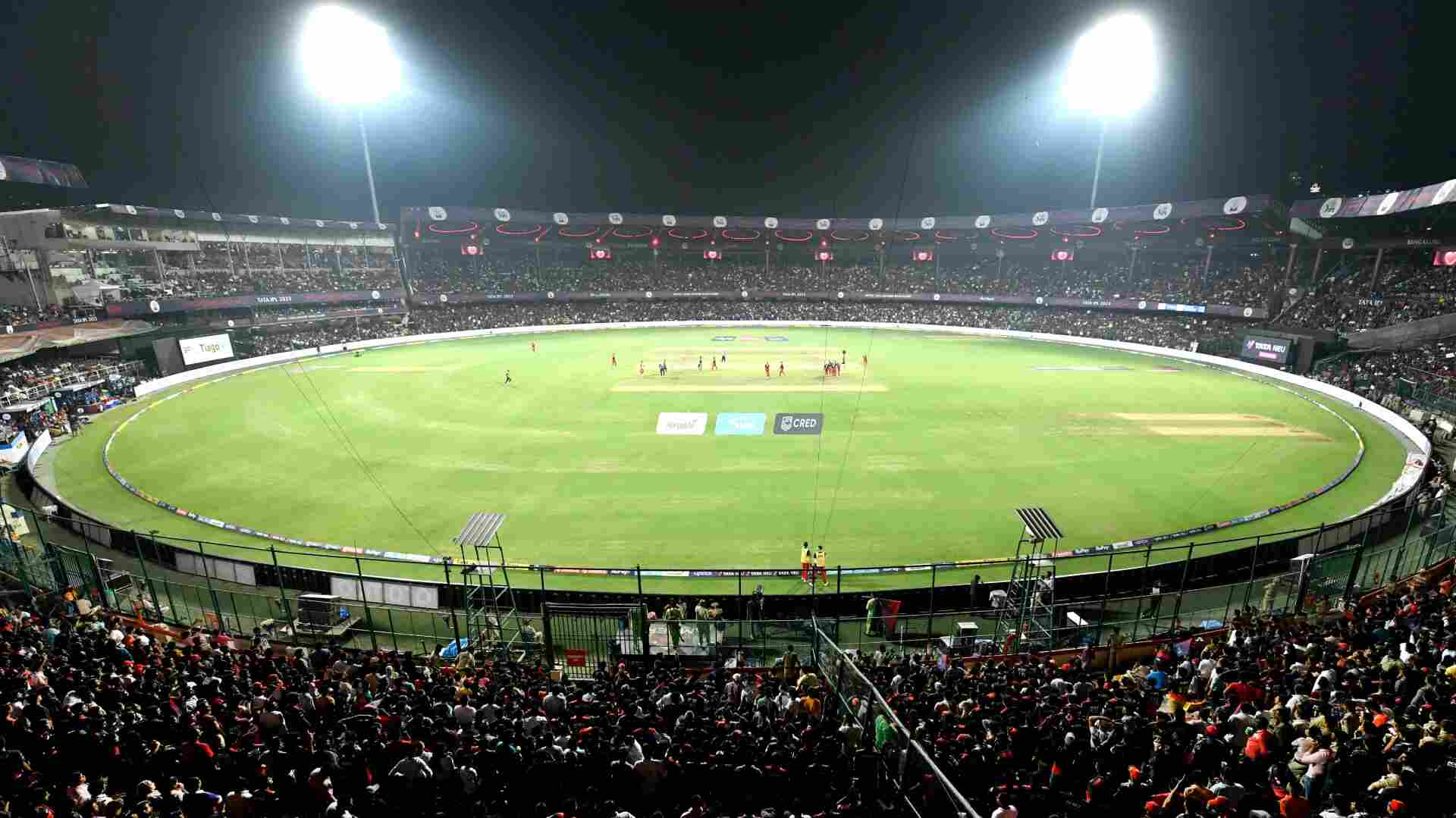Karnataka Housing Board plans 80,000-seater Cricket Stadium in Bengaluru — Future of Chinnaswamy Stadium in question.

In a stride for sports infrastructure, Bengaluru is set to welcome a new cricket stadium, the largest in southern India and second only to the mammoth Narendra Modi Stadium in Ahmedabad. The greenlight for this ambitious project was given by Karnataka Chief Minister Siddaramaiah, a move that directly follows the tragic stampede at the city’s M Chinnaswamy Stadium during the Royal Challengers Bengaluru (RCB) IPL victory celebrations, which claimed 11 lives and left many injured.
The new stadium, approved to rise in Bommasandra, epitomises ambition and smart planning. With a staggering 80,000 seating capacity, it will dwarf the Chinnaswamy’s 33,000, making it the second-largest cricket stadium in India, outclassing Kolkata’s Eden Gardens (68,000 seats) and even Jaipur’s new 75,000-seater and just after Ahmedabad’s Narendra Modi Stadium with a capacity of 132,000.
Key Features of Bengaluru’s new cricket stadium
World-class facilities
Beyond cricket, the complex promises eight indoor and eight outdoor sports facilities, state-of-the-art gyms, swimming pools, training centres, and venues to host diverse international sporting events, according to a report by The New Indian Express.
Accommodation and amenities
Guest houses, hostels, three-star and five-star hotels, and a convention hall will cater to athletes and visitors alike, pushing the boundaries of what an Indian stadium can offer.
Read More: IPL 2025, Final, RCB vs PBKS: Bengaluru break the IPL code in 18th attempt, emerge as champions
Integrated sports hub
The stadium will anchor a vast sports complex spanning more than 75 acres, with land earmarked for future expansion and recreational use.
Construction, led by the Karnataka Housing Board (KHB), is set to commence imminently, aiming for completion within three years. The estimated cost stands at Rs 1,650 crore, fully funded by Karnataka Housing Board (KHB).
RCB stampede and its aftermath
The catastrophic stampede that occurred on June 4, marked a turning point for Bengaluru’s sporting landscape. During RCB’s first-ever IPL triumph parade at Chinnaswamy Stadium, nearly 2.5 lakh cricket-crazed fans thronged the venue, trying to gain entry to a stadium that could seat only 33,000. The mismatch between crowd enthusiasm and the stadium’s capacity led to chaos, fatalities, and a city-wide demand for safer, larger, and more accessible sporting venues.
In the aftermath, questions arose in the Karnataka High Court regarding the feasibility of hosting mega-events in the city centre, given the massive crowds and logistical bottlenecks. The glaring need for a modern, capacious stadium in Bengaluru might have set the stage for the new stadium’s conception.
Read More: What this title win means for Virat Kohli; Final missing piece in his cabinet?
How will it differ from Chinnaswamy Stadium?
The legendary Chinnaswamy, built in 1970 when Bengaluru’s population was a mere 16 lakh, has become an iconic but increasingly cramped fixture in a city of over 15 million. Its city-centre location, limited parking, congested roads, and proximity to office hubs make it unsuitable for today’s gargantuan crowds.
The Chinnaswamy Stadium has a seating capacity of 33,000 and is primarily focused on cricket. While it enjoys a central location, it struggles with traffic congestion, crowding, and limited parking facilities. Safety and crowd management have also been areas of concern, especially after recent stampede incidents. Due to its location and infrastructure constraints, the scope for expansion is limited.
In contrast, the upcoming Bommasandra Stadium on the outskirts of the city is being designed as a multi-sport hub with facilities for both indoor and outdoor games, along with hotels, gyms, and other amenities. With a massive seating capacity of 80,000, it promises better accessibility through highways, mass transit, and ample parking. Built with advanced crowd flow systems and safety features, the stadium is masterplanned for future growth and aims to host mega-events with ease.
The pros
The new stadium’s massive 80,000-seat arrangement means Bengaluru can host global cricket extravaganzas, including World Cups and IPL finals, elevating the city’s profile in international sports. No longer will thousands be left outside, risking their safety.
Also,integrated with gyms, pools, training academies, and a sports science centre, the complex will nurture talent and promote sporting excellence across disciplines. Its world-class hotel and convention spaces will make it a preferred destination for players, officials, and fans worldwide.
The cons
For some fans, the move to Bommasandra may mean longer commutes. Yet, this shift is also an opportunity for balanced urban growth, reduced congestion, and safer event execution.
Also, Chinnaswamy’s emotional and historical significance within Bengaluru’s cricketing ethos is irreplaceable. The new stadium must blend modernity with heritage to truly win hearts.
Read More: Rajat Patidar quietly takes RCB into the final in his first season as captain